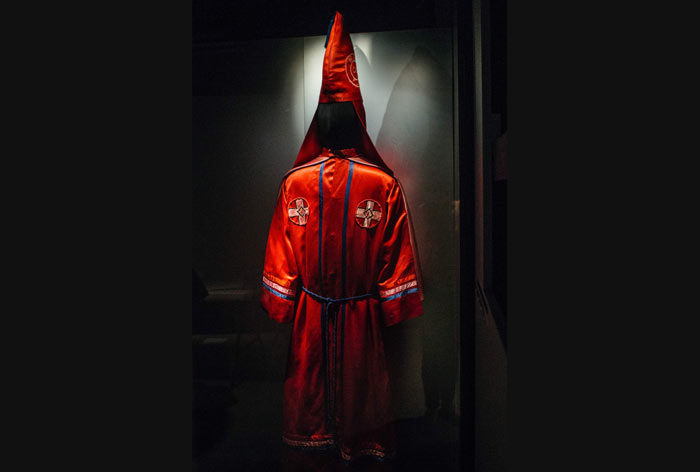DUNIA MAG | Twitter: @duniamagazine
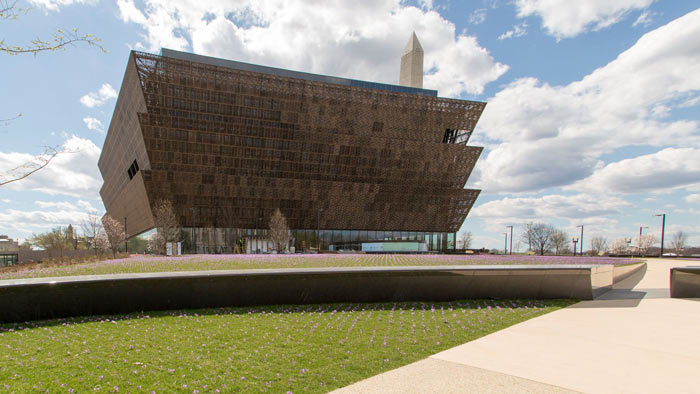
Photo: Michael Barnes, Smithsonian Institution
The National Museum of African American History and Culture (NMAAHC) is devoted to the documentation of African American life, history, and culture.
The 400,000 square-foot, $540 million facility was officially inaugurated on September 24, 2015.
“It provides an opportunity for those who are interested in African American culture to explore and revel in this history through interactive exhibitions” (NMAAHC)
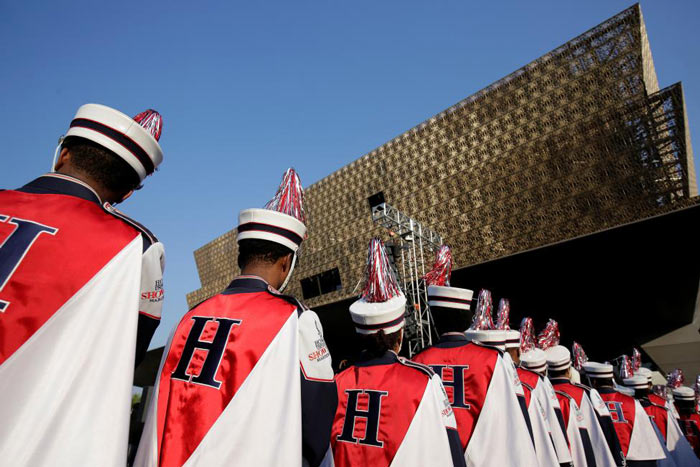
The Howard University Showtime Marching Band arrives. REUTERS/Joshua Roberts
In attendance were several dignitaries including President Barack Obama and first lady Michelle Obama (first African American president and first lady), Former President George W. Bush (he signed legislation in 2003 authorizing the museum), Representative John Lewis (civil rights icon and longtime Congressman from Georgia), and Oprah Winfrey who contributed $21 million to the museum.
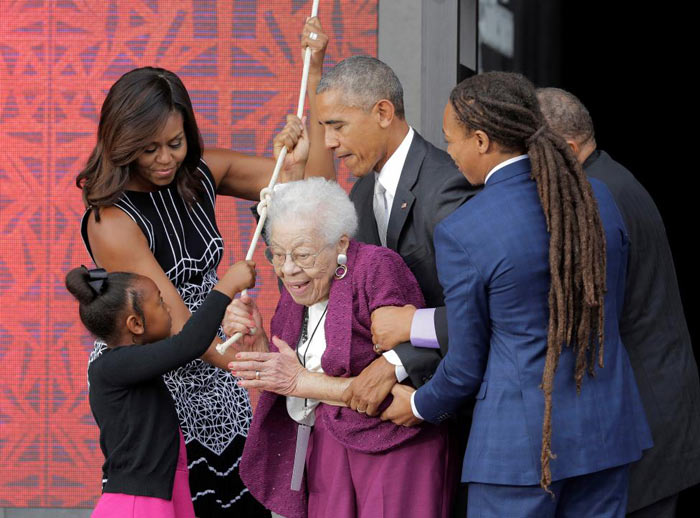
President Obama and First Lady Michelle, along with four generations of the Bonner family, ring the bell of the First Baptist Church during the dedication. REUTERS/Joshua Roberts
99 year-old Ruth Bonner’s father was a slave who escaped to freedom.
In a deeply reflective and carefully crafted speech, President Obama said:
Yes, African Americans have felt the cold weight of shackles and the stinging lash of the field whip, but we’ve also dared to run North and sing songs from Harriet Tubman’s hymnal. We’ve buttoned up our Union blues to join the fight for our freedom. We’ve railed against injustice for decade upon decade; a lifetime of struggle and progress and enlightenment that we see etched in Frederick Douglass’s mighty leonine gaze.
Yes, this museum tells the story of people who’ve felt the indignity, the small and large humiliations of a whites only sign or wept at the side of Emmett Till’s coffin or fell to their knees on shards of stained glass outside a church where four little girls died. But it also tells the story of the black and white youth sitting alongside each other, straight backed, so full of dignity on those lunch counter stools. The story of six-year-old Ruby Bridges — pigtails, fresh pressed dress — walking that gauntlet to get to school. Tuskegee Airmen soaring the skies, not just to beat a dictator, but to reaffirm the promise of our democracy and remind us that all of us are created equal.
[youtube url=”https://www.youtube.com/watch?v=aDJw3ze11O8&feature=youtu.be” width=”560″ height=”315″]
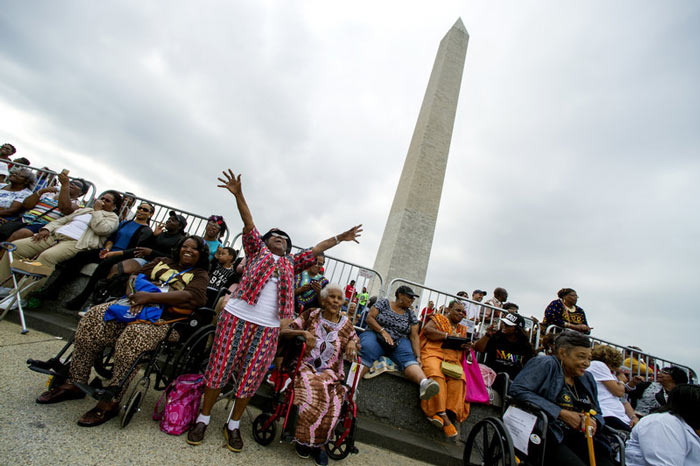
Ida Mae Hughes, 86, of Kansas City, Mo., raises her hands as President Barack Obama arrives at the dedication and opening ceremony of the Smithsonian’s National Museum of African American History and Culture. Cliff Owen/AP
The museum has collected and is exhibiting over 36,000 artifacts from around the world relating to slavery and the African American experience.
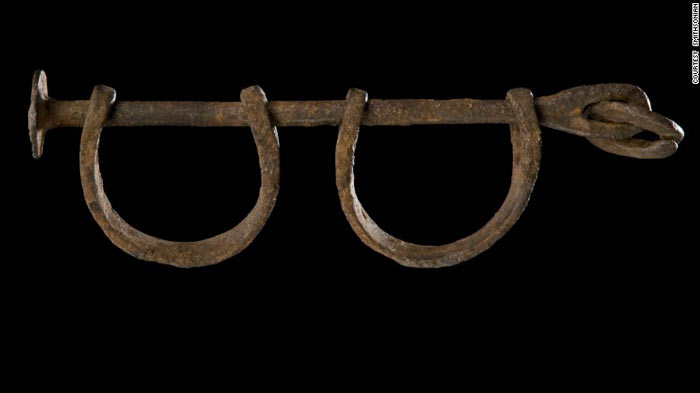
Pre-1960s shackles found in the museum’s Slavery and Freedom exhibit
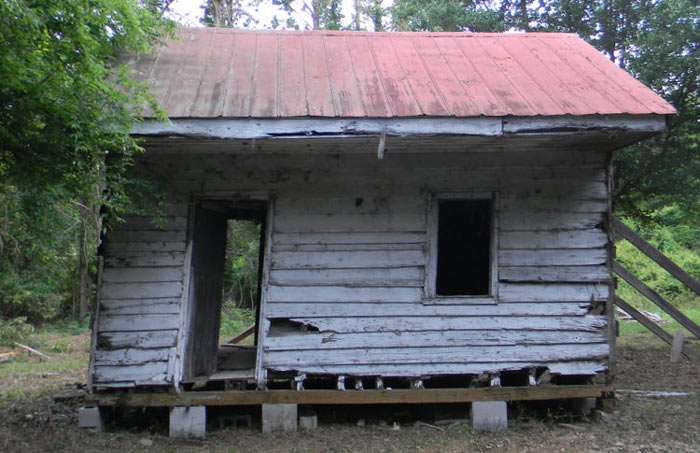
Cabin from Point of Pines Plantation in Charleston County, South Carolina (1800-1850)
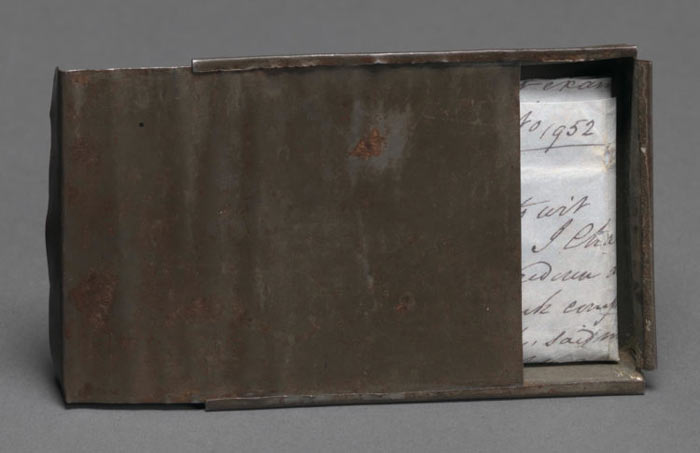
Freedom papers in handmade tin carrying box belonging to Joseph Trammell (1852)
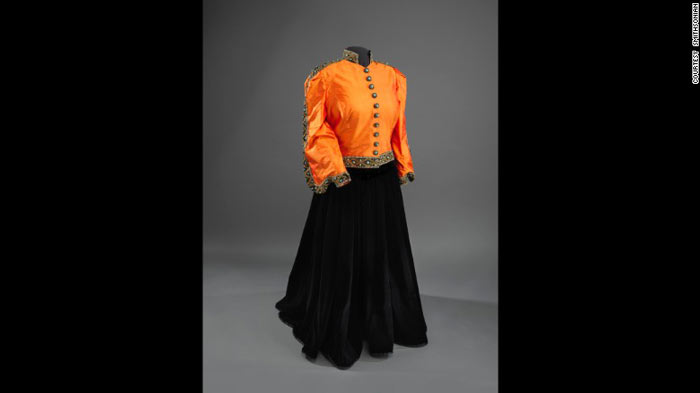
Black velvet skirt worn by singer Marian Anderson in 1939. After being barred from performing at Constitution Hall because of her race, she was invited by first lady Eleanor Roosevelt to perform at Lincoln Memorial. The skirt and decorative trim are original to her outfit on that day.
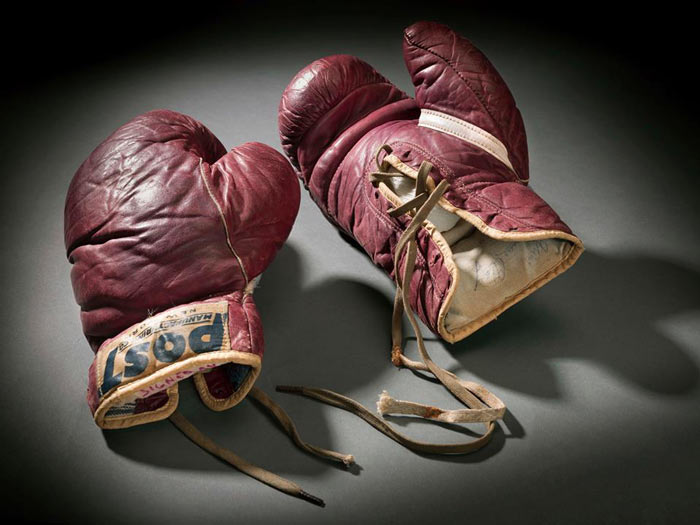
Training boxing gloves used and signed by Cassius Clay 1960
For many Americans, this national museum represents “a dream come true”, as expressed by Rep. John Lewis.
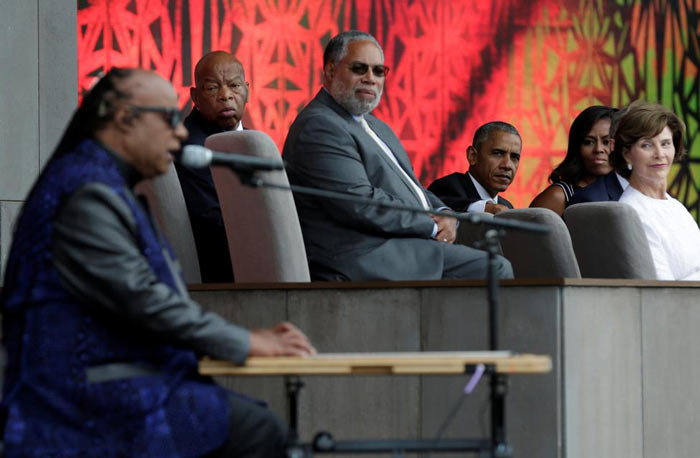
Stevie Wonder performs during opening ceremony. REUTERS/Yuri Gripas
[youtube url=”https://www.youtube.com/watch?v=k-gy_aesY6w&feature=youtu.be” width=”560″ height=”315″]
Several thousands are believed to have come through The National Museum of African American History and Culture during its opening weekend.
The museum located on the National Mall and designed by renowned architect David Adjaye (born in Tanzania of Ghanaian parents) is open to all.
Join mailing list for updates and monthly newsletters

